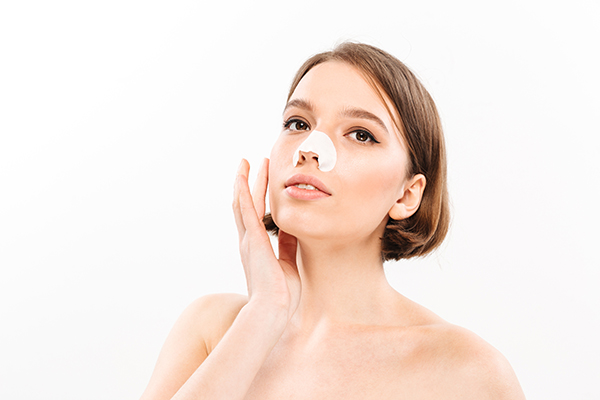Typically, plastic surgeons remove extra bone and cartilage to narrow your nose and lessen your nasal hump. Although tools such as rasps, chisels, and hammers work, they are not without flaws. That said, these devices also cause trauma to your nasal structure and surrounding tissue. This is where an ultrasonic rhinoplasty comes into play. The following are different ways ultrasonic rhinoplasties are beneficial to you.
What is an Ultrasonic Rhinoplasty
An ultrasonic rhinoplasty is a newer method that sculps your nose during a procedure. This open ultrasonic process enables your plastic surgeon to use high-frequency oscillations to sculpt your nasal bone. As a result, the soft tissue surrounding your nasal cavity stays preserved, causing less bruising, swelling, and a faster recovery time. Therefore, choose ultrasonic rhinoplasty Houston for any nasal procedure you need.
What Can You Expect
A face-to-face consultation is an ideal first step on your path to a new nose. Your surgeon should take the time and carefully listen to your concerns and what you hope to get out of the procedure. But, your surgeon cannot do a physical examination and achieve your goal without meeting you in person. While in the office, your doctor shows you a computerized image of what you will look like post-procedure.
How is the Procedure Performed
Your ultrasonic rhinoplasty is performed as an outpatient procedure, meaning you return home after your surgery is complete. The process involves cutting open the skin on your nose with ultrasonic energy. This particular technology allows for more precise contouring of your nasal bone. With that said, only your bone absorbs this ultrasonic energy. This means no damage to blood vessels or mucosal lining.
What is the Recovery Period
With the less invasive approach, your recovery period is quicker than with a traditional rhinoplasty and often with minor swelling and bruising. Fortunately, you only need around a week to recover. Remember, this varies from person to person. On the other hand, traditional rhinoplasties require several weeks off for any activities, work included.
You must refrain from doing any strenuous activity and avoid physical contact with your nose. At the same time, doctors recommend resting with your head elevated by several pillows when you sleep. This helps by further reducing the swelling that occurs. Additionally, avoid excessive sunlight for the first several months following your surgery.
What To Expect Once You’re Home
You need someone present for about the first two weeks. This way, they can monitor you and alert your surgeon should you have any complications, meaning you detect any issues early for an effective treatment. Then, to help control your pain, you need to rest for a few days following your procedure.
A week after your rhinoplasty, you go in for a post-op appointment to check how your wounds are healing. In addition, they remove your splint and small sutures on the base of your nose. Then, you need to come back in six weeks to check your healing process.
The open ultrasonic ultrasound is the way to go if you want lesser invasive reconstruction. Before going in, remember to have a treatment plan and the proper amount of time off work to properly recover.

